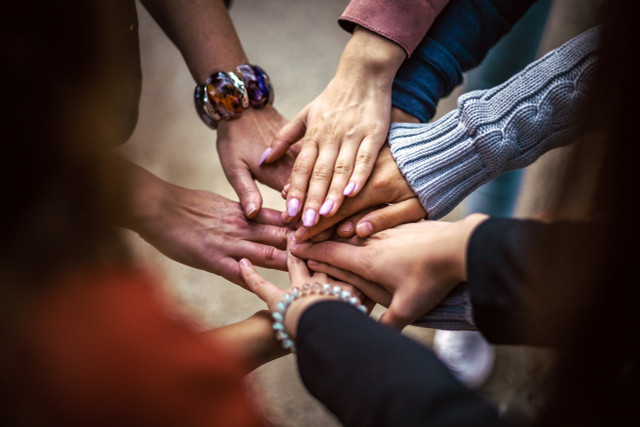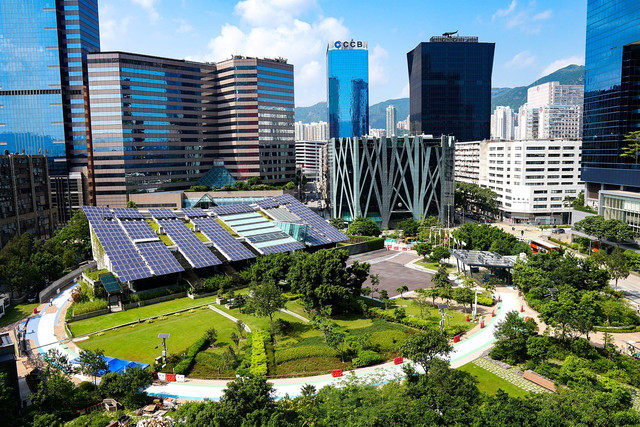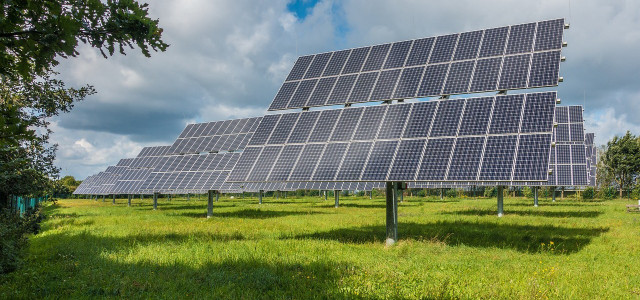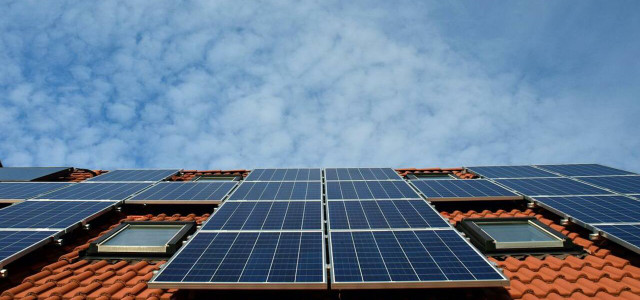Community solar projects have the potential to democratize access to renewable energy while also empowering local communities, but are they feasible?
Community solar panels, otherwise known as solar gardens or shared solar, are an initiative undertaken by groups of individuals or organizations who collectively harness the potential of solar energy. The purpose of community solar panels is to make solar energy more accessible.
By owning or leasing solar panels and maintaining them together, individuals who may not have had the financial resources to install solar panels on their homes are given the resources to bask in the benefits of solar energy. Community solar panels collect sunlight and convert it into usable power, which is then equitably distributed among individuals who engage in the projects.
The good news is anyone can get involved, collectives, NGOs, and private businesses are already leading the charge for community solar panels. These types of projects aim to reduce fossil fuel use and increase reliance on renewable energy sources by making solar power more widely available.
How Do Community Solar Panels Work?

Due to the collective ownership arrangement, community solar panels function slightly differently than standard solar panel systems. Here’s how it all works:
- Solar panels are set up in an appropriate location. The direct current (DC) electricity produced by the solar panels is sent into an inverter, which then transforms it into the alternating current (AC) electricity used to power homes and businesses.
- Linking the solar array with the regional power grid. This is done to provide electricity to the community solar project’s paying participants. The utility company tracks their customers’ electricity usage and production, so that each party may get credit for the energy the community solar panels generate.
- Splitting the bill. The amount of energy generated by solar panels is usually divided among the subscribers and used to offset their monthly electricity costs. Monthly power bills and overall energy costs can be reduced by using the credits.
Owners and managers of community solar projects can come from many different backgrounds. Some projects may be owned and operated by the utility company, while others may be owned and operated by a private company or a group of patrons.
Members may be able to take ownership of a piece of the shared solar panels, giving them more say in the operation of the project and, ultimately, more financial benefits.
Where Can You Find Community Solar Panels?



Depending on the project’s goals and the people who will benefit from it, community solar panels can be installed in a variety of places. They are increasingly being constructed in the following places:
- On top of public structures like libraries, museums, and community centers.
- Open fields or on plots of ground that are privately owned.
- Landfills or brownfields.
- On the property of public services like water purification plants or sewage disposal centers.
- In parking lots and other open locations where solar panels can be set up.
These types of solar farms can be very large or very small, and they can be in cities, rural areas, or in the middle of nowhere. Community solar panels may or may not be an option for you depending on the rules and regulations in your area.
Community solar garden projects are currently located in 39 states, with the most popular being Florida, Minnesota, New York, and Massachusetts. The National Renewable Energy Laboratory (NREL) is a great resource if you’d like to learn more about solar gardens near you.
Before beginning construction on a community solar panel site, you should research the local zoning laws first. It also doesn’t hurt to get in touch with the local power company to see if they would be willing to support your initiative.
Utopia’s Tip: Curious? Try finding a group of individuals in your area who share your interests if you think you’d like to get involved with this type of initiative. With just a few like-minded people, a piece of land, and some solar panels, you can launch your own co-op solar garden. Google and social media can be great tools for finding like-minded people.
How Does This Differ from Other Green Energy Initiatives?



Although community solar panels can not directly contribute to pollution, their construction and upkeep can cause changes in land use, resource use, and even disruptions in local ecosystems. However, the hazards and impacts of ‘green’ renewable energy sources are often far smaller than those of conventional fossil fuel systems.
Furthermore, shared solar panels can serve local communities in a variety of unique ways not offered by other green energy programs. Including:
- Strength in collective ownership: Collectively investing in and reaping the benefits of renewable energy sources is something that communities can do together through community solar gardens. Other green energy schemes, on the other hand, may be controlled by private companies, utilities, or the government.
- Enhances community participation: Community solar gardens are designed so that people, families, companies, and other organizations may participate. Individuals who are unable to participate in other green energy projects can now do so via the use of solar gardens. Renters, for example, or those with inappropriate roofs, can now take part in this greener movement.
- Increased growth opportunities: Communities benefit from having community solar projects built in or near their neighborhoods stimulate the local economy and create financial rewards in the long run. Large-scale wind or solar farms are frequently located in remote areas, making immediate local advantages difficult to discern.
Read more:
- Bioeconomy: Growing the Economy with Renewable Resources
- Are Solar Panels Recyclable? What You Should Know
- Conserving Energy: 10 Ways to Save Electricity
Do you like this post?








